

We all dance the Totentanz.
Pattern info
14 ct 60×82 Stitches (10,9 x 14,9 cm) (4,3 x 5,9 in.)
16 ct 60×82 Stitches (9,5 x 13,0 cm) (3,8 x 5,1 in.)
18 ct 60×82 Stitches (8,5 x 11,6 cm) (3,3 x 4,6 in.)
Pattern Keeper compatible
This chart has been tested and verified to work with Pattern Keeper by the designer. Cross-Stitch Vienna is not affiliated with Pattern Keeper. Please note that Pattern Keeper does not currently support backstitch reading! You will need to follow the PDF for the backstitch guide.
Download info
This is a digital PDF pattern only. The PDF contains the following versions:
- colour blocks with symbols,
- symbols in black and white only
- Pattern Keeper compatible chart.
- PLEASE NOTE that sometimes it was not possible to include the Pattern Keeper chart in the same PDF as the main chart (it was preventing PK from rendering the PDF in-app) – in such cases a direct download link was added in the notes on the cross-stitch key page. Upon clicking on it, you will receive a separate PDF with the chart in the Pattern Keeper format.
Please note that if you bought this item, no refunds will be made after purchase as it is a digital file. Terms and Conditions & copyright info: crossstitchvienna.at/terms-conditions
“The Danse Macabre (from the French language), also called the Dance of Death or Totentanz in German is an artistic genre of allegory of the Late Middle Ages on the universality of death: no matter one’s station in life, the Danse Macabre unites all.
The Danse Macabre consists of the dead or a personification of death summoning representatives from all walks of life to dance along to the grave, typically with a pope, emperor, king, child, and laborer. It was produced as memento mori, to remind people of the fragility of their lives and how vain were the glories of earthly life. Its origins are postulated from illustrated sermon texts; the earliest recorded visual scheme was a now-lost mural at Holy Innocents’ Cemetery in Paris dating from 1424 to 1425.” Source: Wikipedia.

